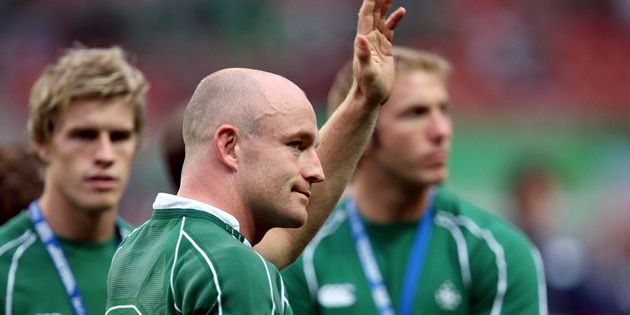For top players, the salaries and endorsements are on the rise.
August 26th 2015 marks the 20th anniversary of rugby being declared “open”.
A unanimous IRFB [now World Rugby] vote saw the game change from amateur to professional.
It was not exactly an overnight overhaul, for the leading Northern Hemisphere nations, but money gradually started to find its way into players’ pockets.
For the 1996 Five Nations, there was a player pool that was divided among the squad based on appearances. The maximum haul, for four appearances, was £8,000 [€10,000].
Ireland’s first Category A contract, for top players, was £30,000 [€38,100] a year and a courtesy Opel Corsa. The first three home-based players to be awarded IRFU contracts were Denis Hickie (below), Peter Clohessy and Eric Elwood.
Clohessy was on a £50,000 [€63,500] annual contract in 1997 but, when he was selected for the British & Irish Lions tour to South Africa, a clause saw that salary rise to £75,000 [€95,250].
Today, 20 years on from the game turning pro, Johnny Sexton reportedly earns €500,000 to play for Leinster and Ireland. He earns in the neighbourhood of €150,000 in other endorsements.
While €650k-per-season might seem healthy, it is €350k short of the annual wedge New Zealand’s Dan Carter will get from his Racing 92 [formerly Métro] deal.



















































